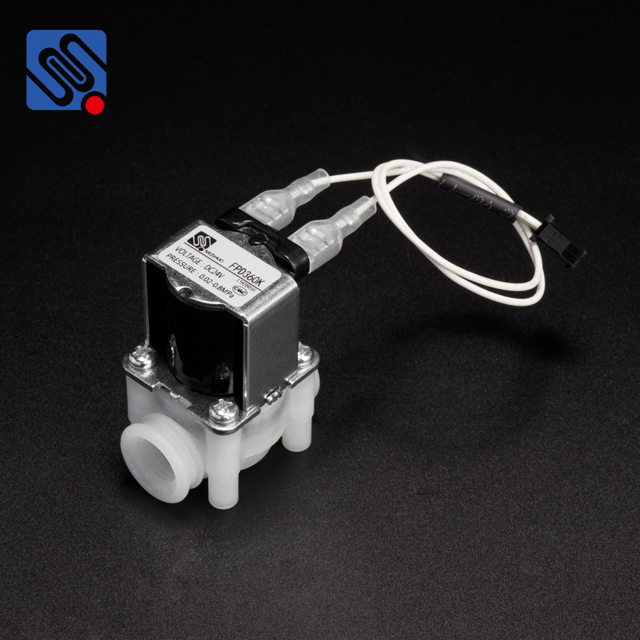Water treatment systems play a crucial role in ensuring clean and safe water for various purposes, including drinking, industrial use, and wastewater management. One essential component of these systems is the solenoid valve, specifically the Water Treatment System Solenoid Valve. This valve plays a vital role in controlling water flow and is indispensable in automated water treatment processes. In this article, we will explore the functionality, types, applications, advantages, and common issues of Water Treatment System Solenoid Valves.

What is a Water Treatment System Solenoid Valve? A Water Treatment System Solenoid Valve is an electrically controlled valve that regulates the flow of water in various stages of the water treatment process. It uses an electromagnetic coil to control the opening and closing of the valve. When the solenoid coil is energized, it generates a magnetic field that pulls or pushes the valve’s plunger or diaphragm, thereby opening or closing the valve. This process allows the system to automate the control of water flow without requiring manual intervention. How Does it Work? The working principle of a solenoid valve is quite simple but effective. The valve is made up of several key components: the solenoid coil, plunger or diaphragm, valve body, and sealing parts. When an electric current flows through the solenoid coil, it produces a magnetic field. This magnetic field then activates the plunger or diaphragm, which either opens or closes the valve.